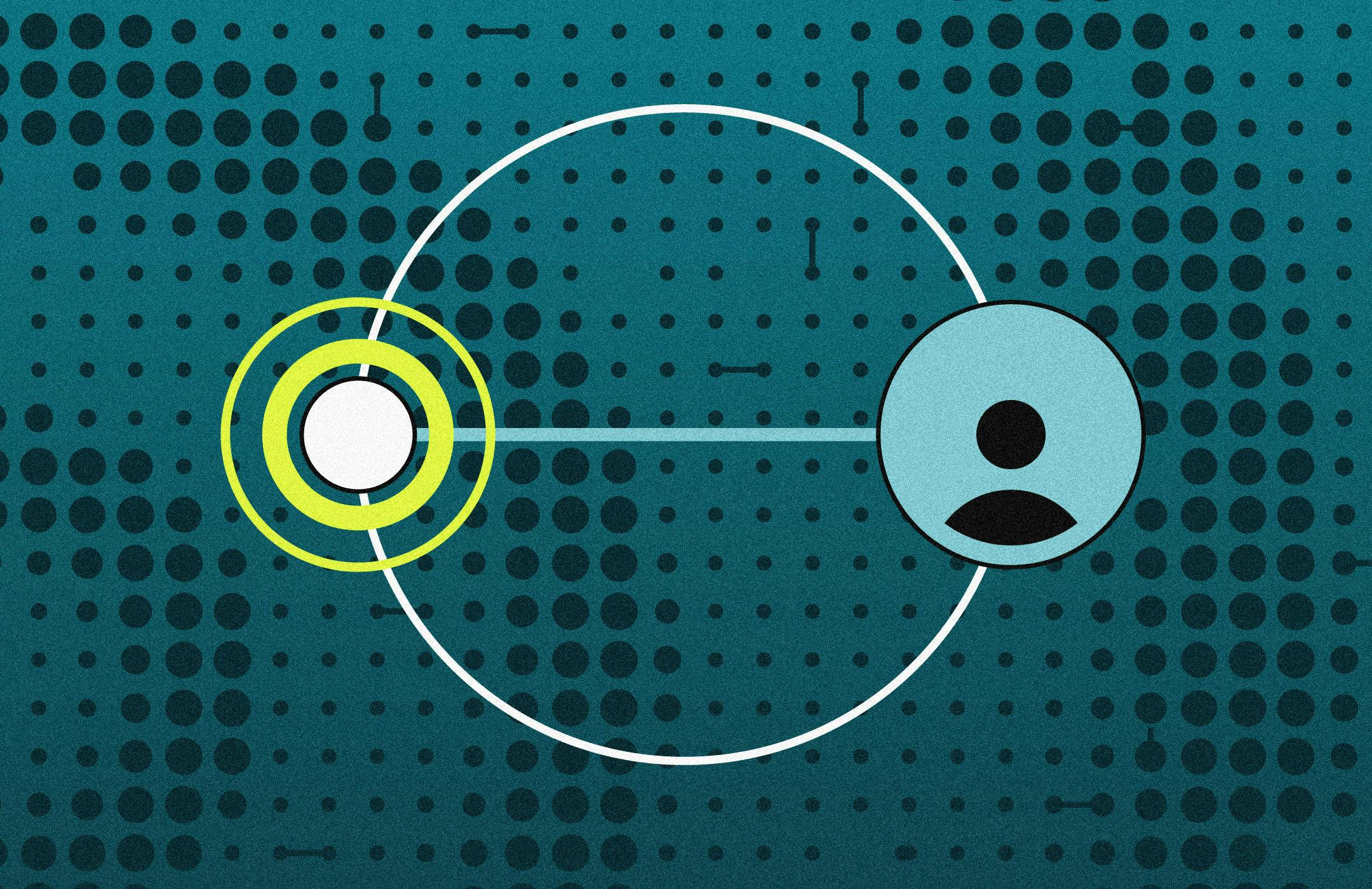Customers not only want personalized experiences, they expect them. They want brands to know who they are, no matter where and when they interact. They want to see content that's relevant to them. They need to be able to know what you're doing with their shipment, reservation, or account the second they complete their transaction. If they have to wait, they'll happily move on to any of the thousands of other brands eager for their business. Deloitte calls the reality brands face today "bespoke for billions". Every customer wants to feel like a VIP, and they're willing to use their own data as currency in exchange. So how can brands deliver those prized tailored experiences? The answer is customer data. A robust customer data foundation allows companies to personalize to each customer and treat them like the individuals they are.
What is personalization?
Personalization is the ability to deliver contextually relevant content to individuals through the right channel at the right time. For example, browsing a website and seeing customer offers based on previous engagements, or when you contact customer services, and they provide a simple solution along with a special promotion that fits the issue you were calling about. It sounds simple enough, but putting it into action can be tricky. The amount of data processed every day is astounding — millions of customer interactions take place every second over a range of devices, channels, and touchpoints. Most brands already struggle with processing the data they receive. To sort through mounds of data requires massive computing power and advanced AI and machine learning capabilities. And that's where the problem lies.
When personalization is impersonal
According to Forrester's report for IBM, 90% of companies see personalization as a critical part of their business strategy. But their personalization efforts appear to have little effect on their patrons — a mere 39% receive relevant marketing communications, 3 in 4 reported getting too many email promotions, and 69% have unfollowed brands on social media.
Your brand's best marketing efforts can feel like spam when personalization isn't personal. The most loyal customers won't hesitate to jump ship after a bad brand experience — so what's causing the disconnect?
The potholes on the road to personalization
Siloed data is the most common obstacle faced by companies. Troves of precious customer data often sit locked in disparate systems, unable to communicate with other departments, leaving brands with a fragmented view of the customer. Without a complete picture of the customer, brands don't have the ability to personalize effectively day to day.
Fortunately, modern data tools with AI and machine learning capabilities wield the power to unlock the potential that effective personalization offers.
Get creative with personalization
At the end of the day, what brands want from personalization is to build an intimate relationship with each and every customer. That deep knowledge of their buyers will also allow them to anticipate potential behaviors and identify hiccups at any step throughout the customer journey. Through personalization, brands can make their customers feel recognized and understood without being overly intrusive. In action, this can look like using geospatial data to send relevant messages to potential customers, or acting immediately when unusual behaviors or fraudulent activities are detected, or designing unique landing pages that reflect a customer's history and preference each time they come on.
The opportunities are limitless, and by using creativity and imagination, brands have a chance to stand out in a cluttered digital space. Customers only have the attention for what's relevant to them, and early movers who can deliver personalized and relevant experiences will most definitely get the lion's share of this $1.7 trillion to $3 trillion personalization pie. To learn more, check out our in-depth guide about how to personalize at scale and the technical capabilities needed to power it.
